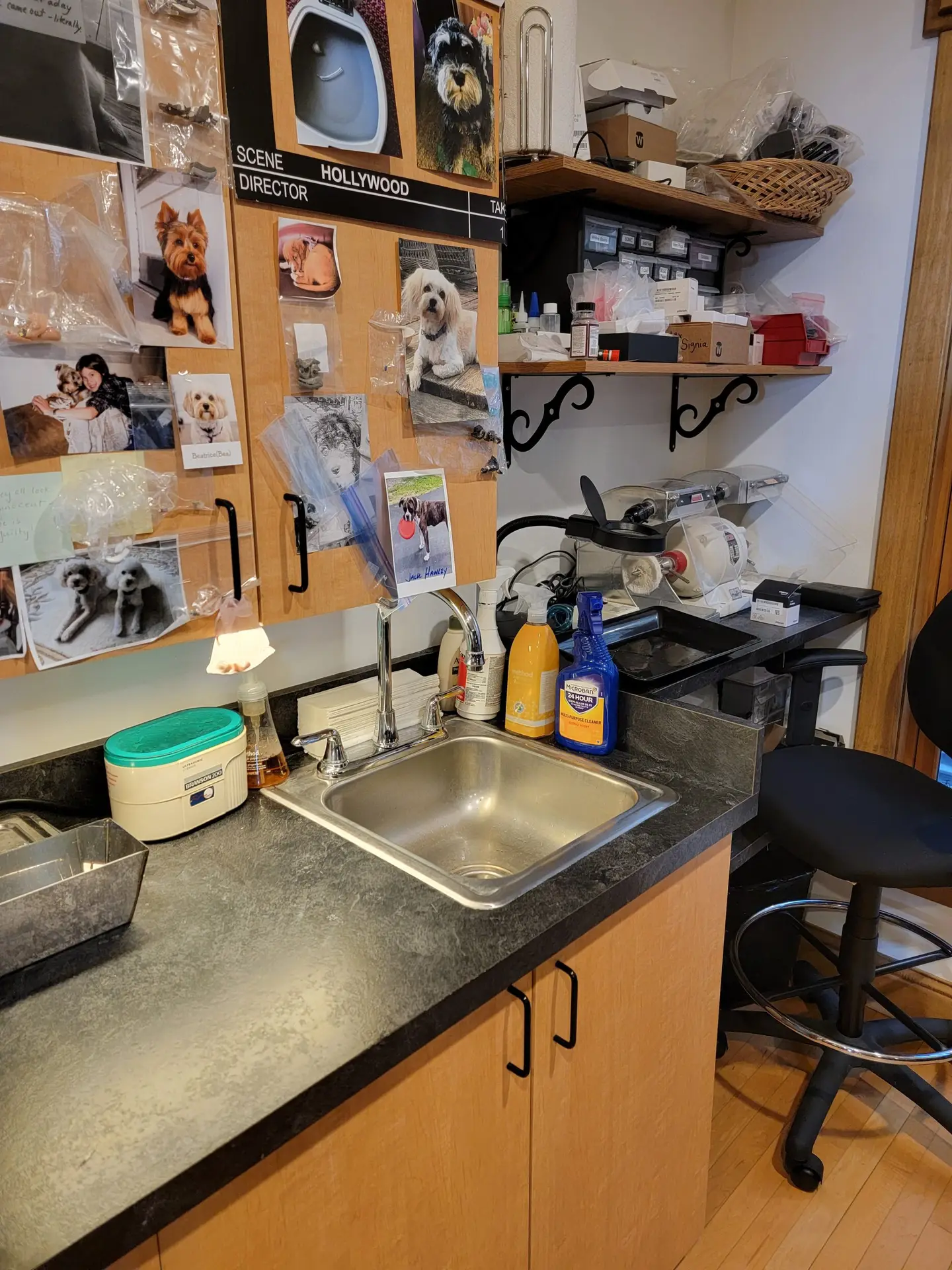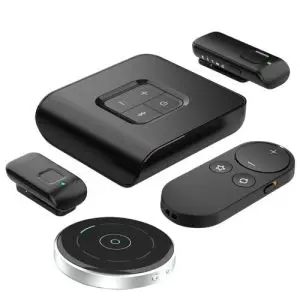Navigating Hearing Aid Repairs with Hears Hearing & Hearables
At Hears Hearing & Hearables, we understand the importance of maintaining optimal hearing aid performance. Our commitment to excellent service includes a meticulous repair process to ensure your hearing aids function flawlessly. In this blog, we’ll take you through the comprehensive steps we follow when handling getting your hearing aid repaired.
1. Initial Inspection and Cleaning:
Upon receiving a hearing aid for repair, our first step is a thorough inspection and cleaning. We meticulously examine each device to identify any visible issues and perform a comprehensive cleaning to remove wax, debris, or moisture that may affect its performance. We also check serial numbers to see if the hearing aid you sent us for repair is under the manufacturer’s warranty.
2. Customer Input:
Your feedback is invaluable to us. We pay close attention to the issues you report with your hearing aid. Understanding your concerns helps us tailor our approach to the specific problems you’re facing.
3. Objective Testing:
For hearing aids still producing sound, we conduct an objective test using a test box to pinpoint any breakdowns in performance. This step allows us to identify issues that may not be immediately apparent and ensures a comprehensive diagnosis. Such items that the test box can determine is the amplification, distortion, battery drain, attack and release times, microphone health with regard to directionality, and overall output. To get the best results we do need to connect to the manufacturer software. If we can’t do this our testing is only so good.
4. Advanced Repairs in Our Lab:
While our in-house lab can handle many repairs, we collaborate with a specialized lab in Hopkins, MN, for more complex issues. This partnership enables us to address a broader range of problems, ensuring that your hearing aids receive the best possible care. This lab can address many problems but not all.
5. Common Issues and Solutions:
We address common issues such as wax blockage in the receiver, microphone debris, and moisture damage. If the repair requires a new part, we cover costs for components under $50. However, for more expensive parts like receivers, the additional cost may be included in the overall repair expenses.
6. Testing for Distortion or Static:
Hearing aids exhibiting distortion or static undergo further testing using our system and test box. This step helps us diagnose and rectify any issues affecting the audio quality of your devices.
7. Manufacturer Collaboration:
Our lab may not handle repairs for rechargeable batteries, excluding Signia or Rexton, necessitating collaboration with the manufacturer. In some cases, lithium-ion battery replacement, exclusive to Oticon or Sonic hearing aids, may be required.
8. Transparent Communication:
We keep you informed throughout the repair process. If your device needs to be sent to the manufacturer, we’ll notify you of the potential extra cost. The decision to proceed with additional expenses rests with you, and if you choose otherwise, we’ll return the hearing aid to you without the repair and refund you minus 40 dollars for the time we did put into it.
9. Consideration of Alternatives:
In some instances, repair costs may lead you to explore alternatives. We offer consignment hearing aids, each in working condition, as a cost-effective solution. Warranties for repairs vary, reflecting the associated costs.
The Repair Process is Affordable and Accessible
At Hears Hearing & Hearables, our dedication to your hearing needs extends beyond initial consultations. We are committed to providing thorough and effective repair services, ensuring your hearing aids serve you optimally.
We are also motivated to get your hearing aid repaired and back to you in the fastest manner we can that is affordable. The cost of the repair includes USPS Priority shipping. If you want to ship it faster we can do that for you with an added cost.
Thank you for choosing us as your partner in hearing health.






